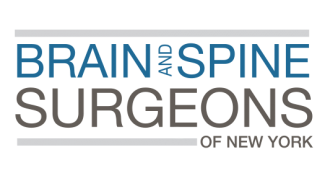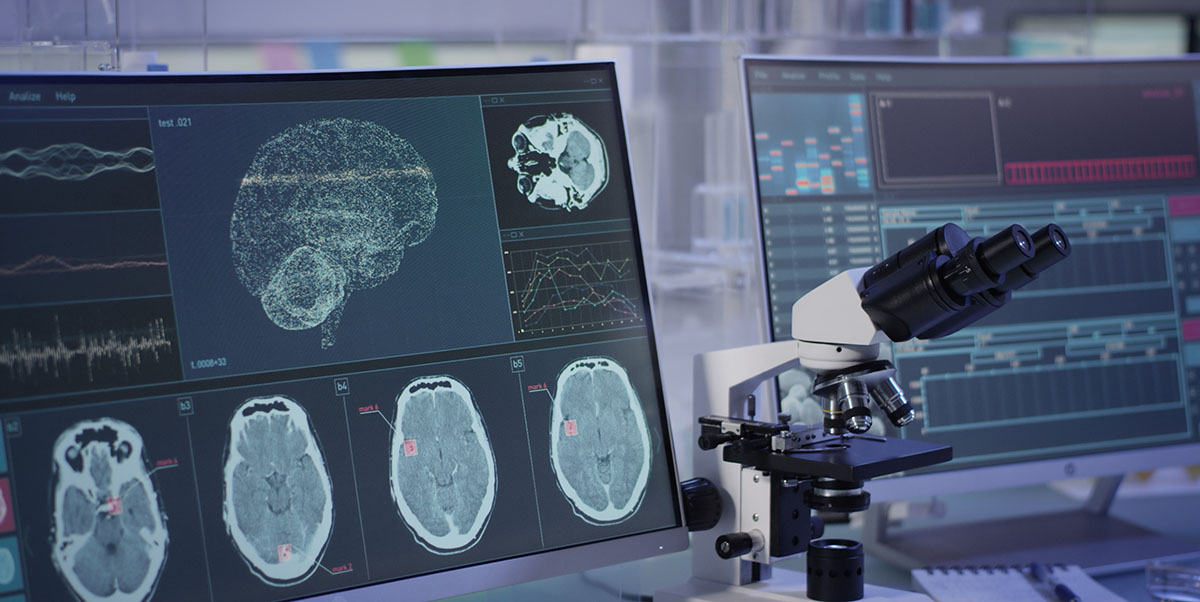
Neuropathic Pain Neuromodulation Procedures
Neuropathic pain is caused by damage or malfunction of the nerve sensory pathways. It is characterized by shooting or burning pain, is often described as intense and persistent, and can occur in any part of the body. Patients who suffer from neuropathic pain may have a difficult time controlling their pain and symptoms with medications alone. When that happens, neuromodulation for neuropathic pain relief is a potential option.
In neuromodulation, either electronic stimuli or medications are administered directly to the nerve or nerve pathways, interrupting or diminishing nerve impulses that are sending pain signals to the brain. The type of neuromodulation needed to control these impulses depends on the diagnosis and location of the misfiring nerves.
COMMON NEUROPATHIC NEUROMODULATION TREATMENTS:
Intrathecal Pain Pump
For many people living with chronic pain from a neuropathic pain condition, medications are a part of daily life. However, over time the effect of these medications may start to diminish or the side-effects become too difficult to control or tolerate. An intrathecal pain pump can present a solution to help deliver medications more effectively and efficiently manage a person’s pain by delivering the medication directly to the central nervous system bypassing the digestive system in oral medications or the circulatory system in the case of intravenous medications.
Intrathecal pain pumps or intrathecal medication delivery systems are programmable pumps implanted in the body to provide timed and efficient delivery of pain medication. These pumps are implanted underneath the skin with a catheter or tube extending into the spinal canal. Intrathecal pumps release drugs directly into the spinal fluid surrounding the signaling nerve pathways of the spinal cord, resulting in the patients needing much lower doses of medications such as morphine or opioids (as little as one thousandth of a traditional oral dose).
Spinal Cord Stimulation
Spinal Cord Stimulation (SCS) provides electrical stimuli to the spinal cord to change or modulate pain signals before they can be interpreted by the brain. After a trial to test whether this treatment is effective, a programmable battery is inserted underneath the skin that is connected to cables or leads extending into the spinal canal where the spinal cord is situated. This treatment may be the right choice for people who no longer respond to medications or have no other surgical options.
Dorsal Root Ganglion (DRG) Stimulation
If a person is suffering pain in a specific location in their body, they may benefit from Dorsal Root Ganglion Stimulation. The dorsal root ganglion is a cluster of nerve cells that manage the signals coming in from different peripheral parts of the body, such as the leg, hip, groin, or arm. The way these incoming nerves connect to the ganglion allows neurosurgeons to identify specific parts of the body and provide neuromodulation to that particular area. This type of neuromodulation can help when spinal cord stimulation is not effective, or for patients suffering from Complex Regional Pain Syndrome, alternatively known as Reflex Sympathetic Dystrophy.
Peripheral Nerve Stimulation
When the source of pain comes from an identifiable peripheral nerve in the body, patients may benefit from Peripheral Nerve Stimulation. As with other types of neuromodulation, a device is implanted near the malfunctioning nerve to regulate the signals and provide better pain control. Peripheral Nerve Stimulation removes the risk of interfering with the central nervous system and targets the damaged nerve or nerve cluster directly.










